Now, I am propagating the branch to enhance flower production and halt the continued growth of the squash tip. With this method, fruit quantity increases, and the pumpkin faces no difficulty distributing nutrients, ensuring balanced fruit growth.
I've gained this insight through my experience of planting and nurturing pumpkins. It's essential to trim off excess branches, especially the dark green and hard ones, as they won't contribute to further growth and may divert nutrients from flowers and fruits.
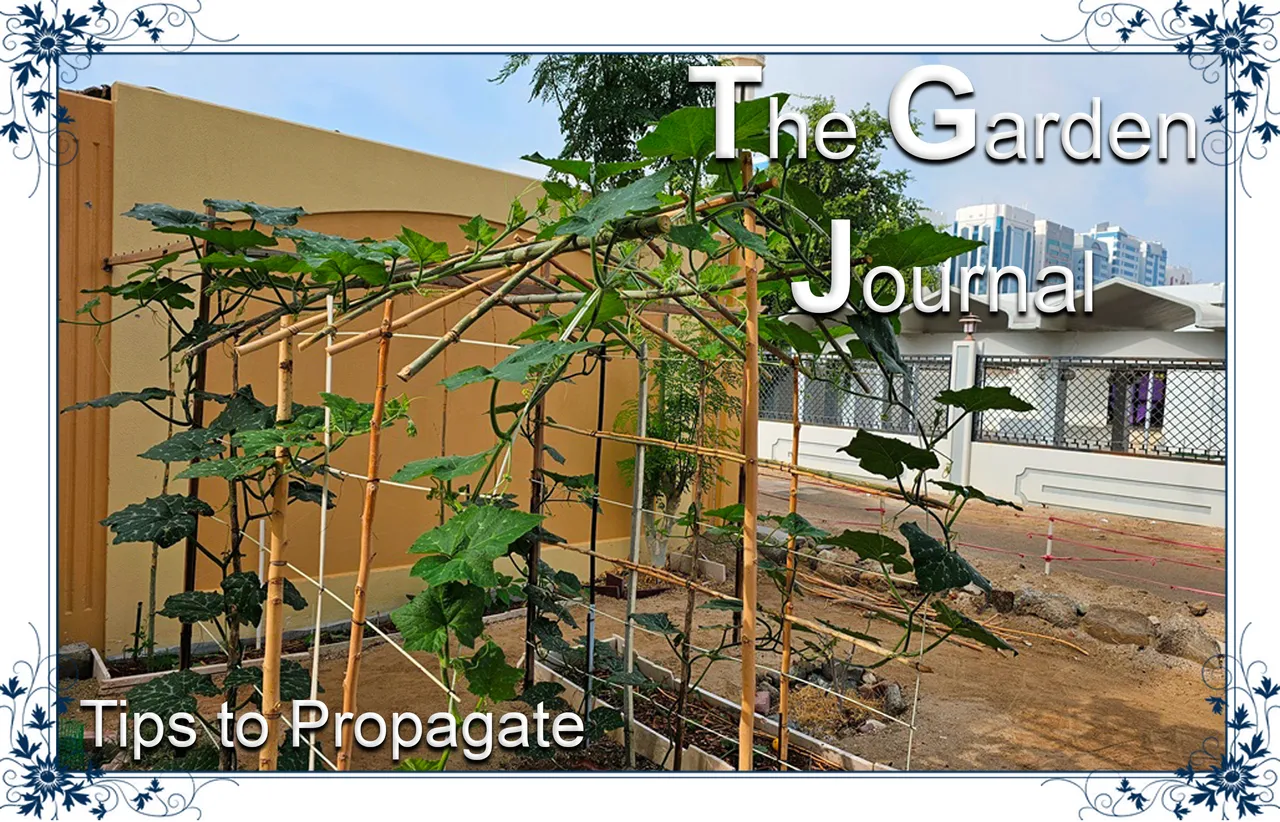
I haven't installed the Fake CCTV from Amazon yet, perhaps next Sunday. Hoping it proves effective in deterring potential pumpkin thieves.
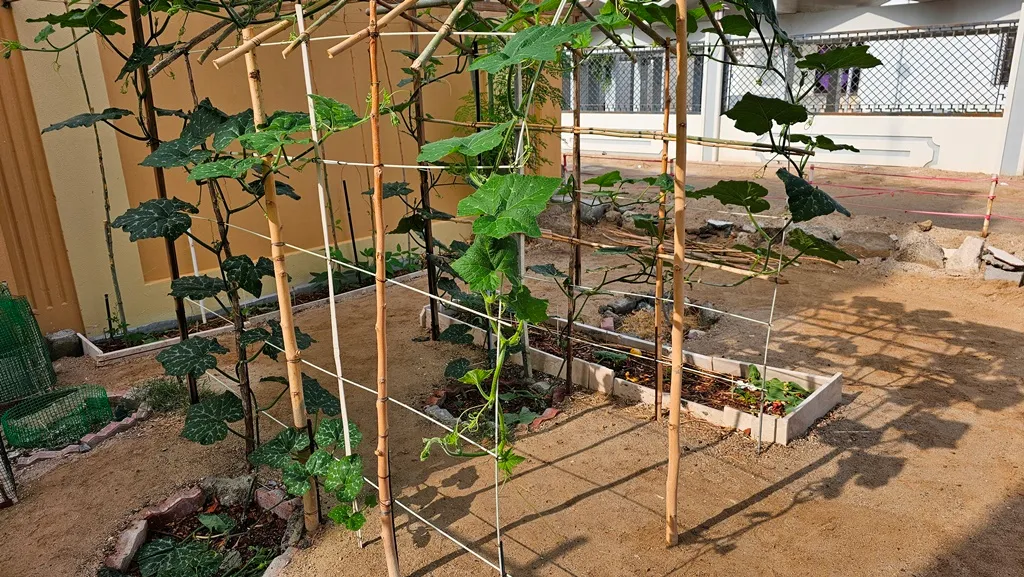
This is what my pumpkin plants look like now and how big they are. If you spot large, old leaves at the bottom of your pumpkin plant, remove them. This prevents them from drawing nutrients and keeps the plant tidy for better observation.
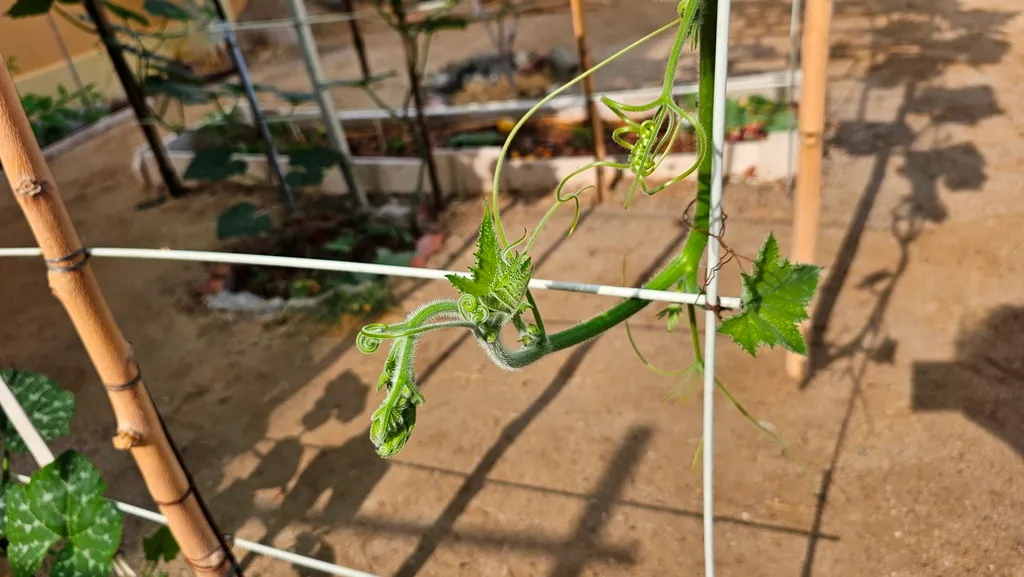
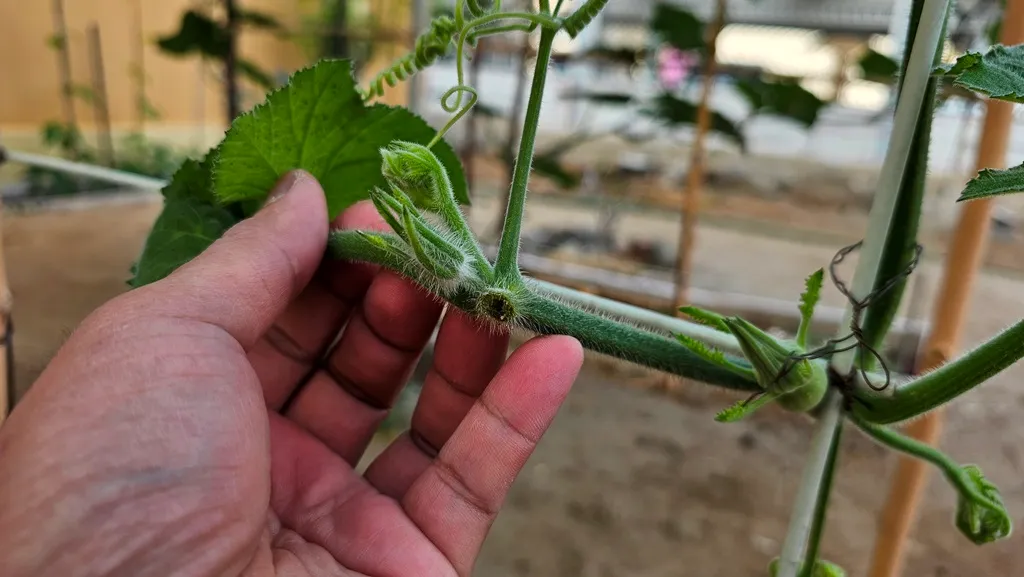
I utilized copper wire to guide the pumpkin's growth. Copper is preferable due to its flexibility, ease of bending, and simple cutting.
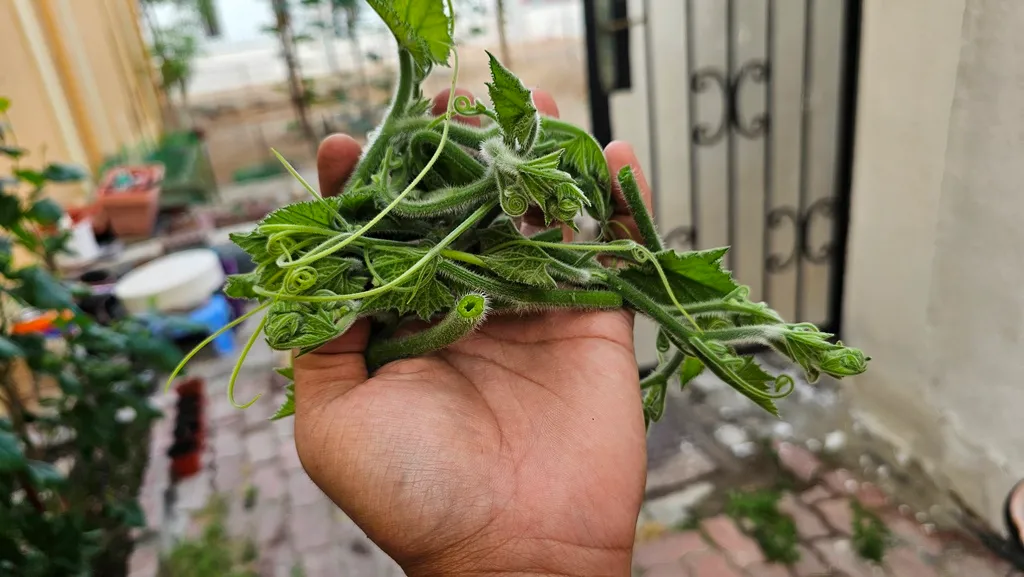
It's worth noting that the rind or end of the pumpkin is edible. In the Philippines, we often incorporate it into dishes like PINAKBET, combining it with fish or pork. Indians, similar to Filipinos and Nepalese, appreciate the pumpkin tip in their cuisine. This preference is mainly found in Asian cultures, and even some Western individuals who enjoy it likely learn from Asians.
Embrace the lessons from nurturing pumpkins - prune wisely, use flexible materials like copper wire, and discover the edible delight in the often-overlooked pumpkin tips. Happy gardening!